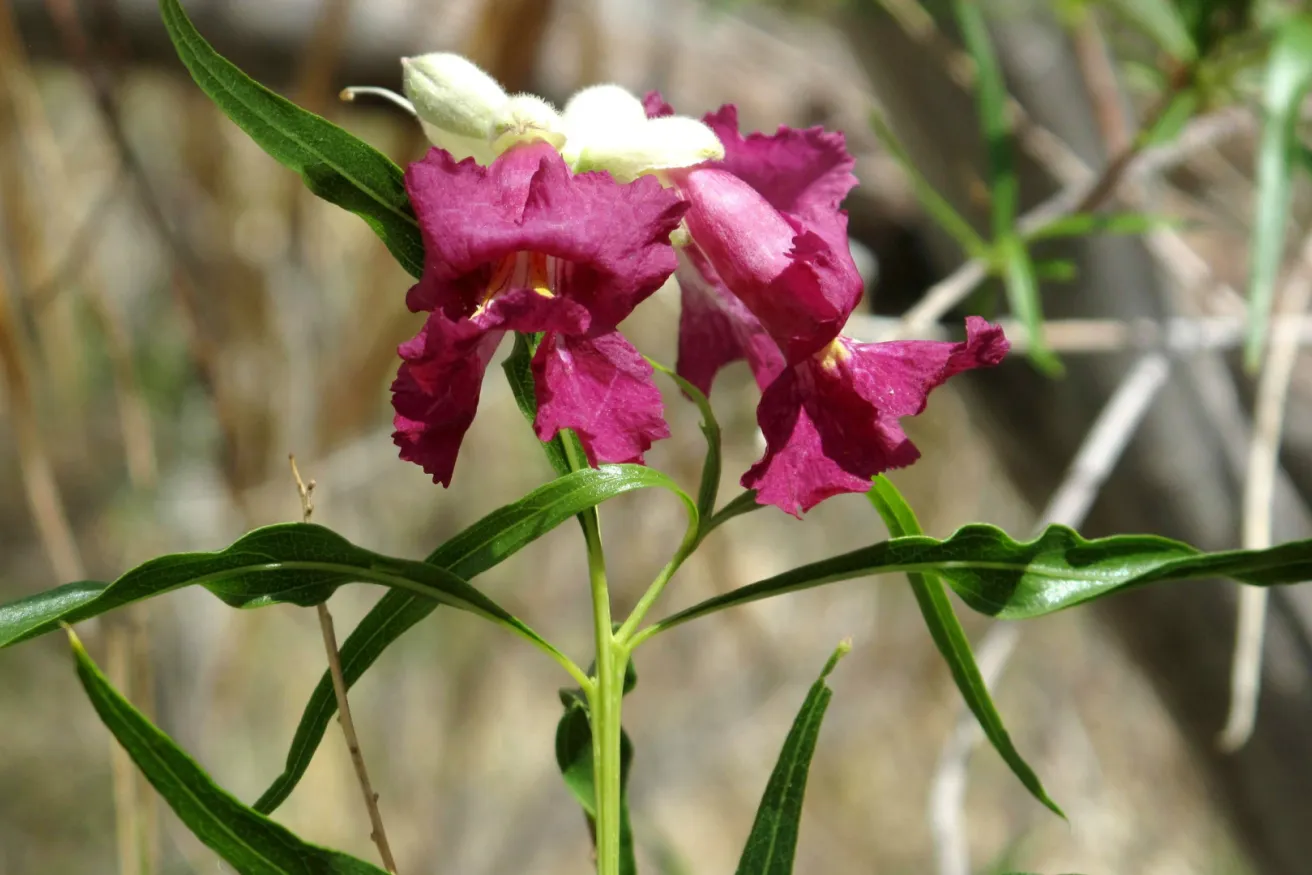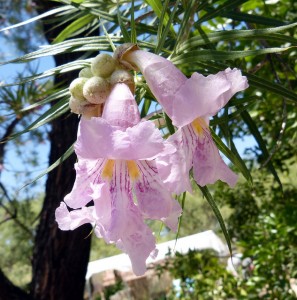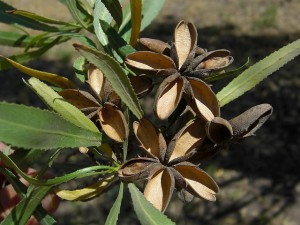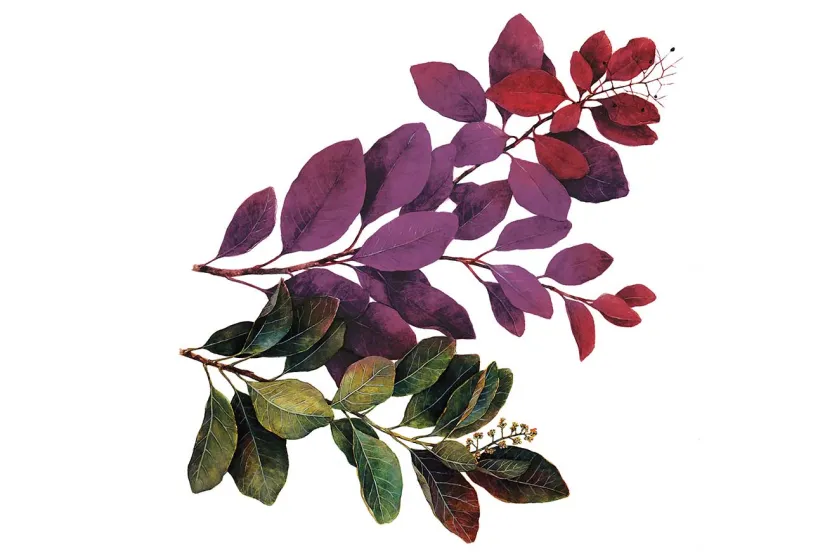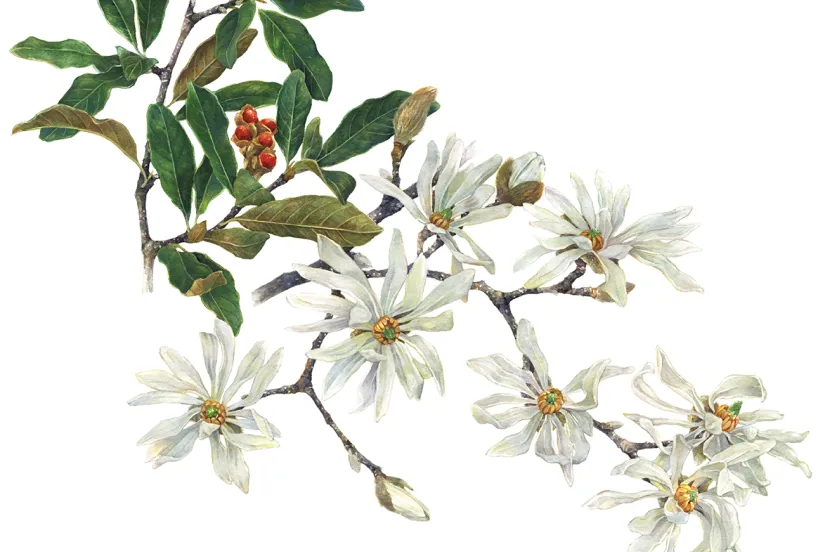Now live: The 2025 Canopy Report. Learn how Americans see trees. GET THE REPORT
Chilopsis linearis
Mother Nature doesn’t always work in our favor when it comes to nurturing our garden. Although many plants adapt to unpredictable environmental conditions, there are still a number of trees and shrubs that are too stubborn to conform. It can be especially challenging to landscape your yard if you live in an arid climate where water is scarce. The selections are limited, and planting a tree outside of your hardiness zone isn’t wise.
The Desert-Willow is quite deceiving; despite the name this tree has no relation to the willow other than its resembling appearance. In fact, unlike willows, this tree cannot grow in wet or heavy soils. As the name implies, desert-willows prefer dry conditions and full sun. They are an extremely drought-tolerant species once established. If you’ve been struggling to find a flowering tree resilient enough to put up with the heat, then check out a few of the qualities this tree can bring to your yard.
Environmental Conditions
- Desert-willow is a medium growing tree, growing 1-2 feet a year and reaching 15-25 feet in height.
- This tree loves full sun, at least 6 hours of direct sunlight a day.
- It is a versatile tree and will grow in most soils as long as it is well drained. This includes acidic, alkaline, loamy, sandy and clay. Grows in hardiness zones 7-9.
Physical Attributes
- Blooms fragrant, pink flowers midsummer and has 10” papery pods that hang in the winter. Note that these pods will drop seeds and attract wildlife.
- Usually develops multiple trunks and many branches, making it useful as a wide screen or tall hedge. Added bonus: the tree can be pruned into a bush. The more it is pruned, the more it flowers.
- Have willow-like leaves that are long and slender.
If you’re in the Western United States then you may not be a stranger to the desert-willow. It’s a versatile tree that can add color to your landscape. Do you have one in your yard? Share a picture below!
